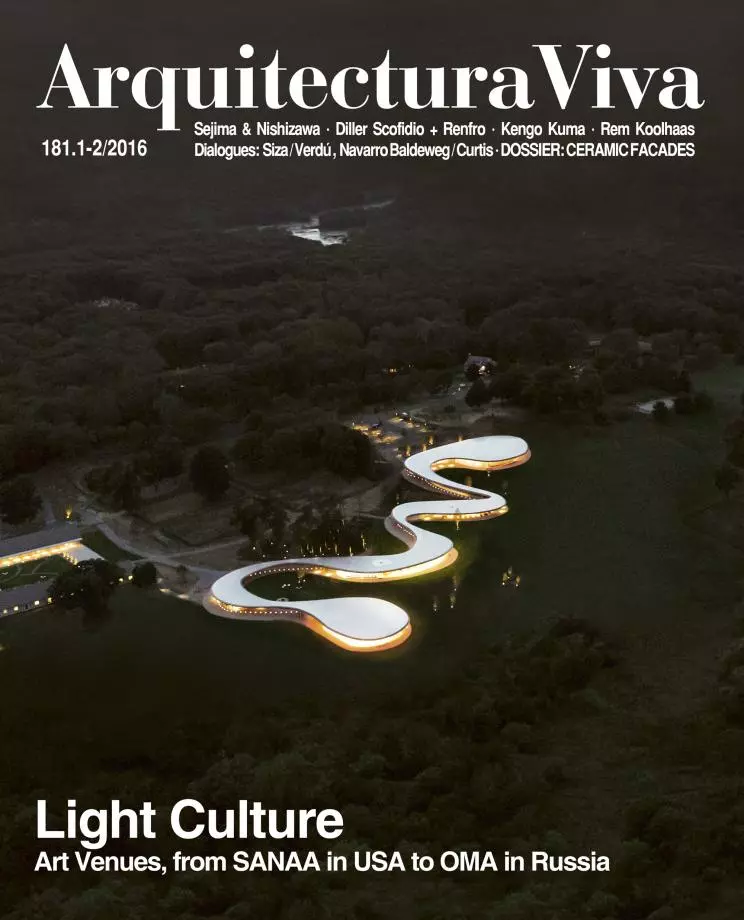From Clay to Composite
Three Cases

The idea of baking clay arose shortly after the discovery of fire. So prehistoric man did the first mutation of this natural material, and obtained something more stable and resistant: ceramic. With it he made small everyday utensils, such as bowls, jars, jugs, and spoons, and these became larger and larger with the evolution of the material and technique. Proof of this are the over 800 terracotta warriors and horses in Xi’an, life-size figures which the Chinese emperor Quin Shi Huang ordered made for his tomb (210-209 B.C.), or the huge earthenware jar that legend says was inhabited by Diogenes, or the oil jars in which the forty thieves of the Ali Baba story in 1001 Nights hid.
But architecture benefited most from the new material. It led to the concoction of one of the most versatile elements of construction: brick. A small piece of fired clay – ‘burnt earth’ – has through the centuries been adapted to the wide variety of geometric shapes, sizes, and languages of architecture of each civilization. Like Lego pieces, bricks are joined together by means of very different mortar bonds and joints, and have practically from the very start formed part of both the structural skeleton and the skin of architecture. Regardless of period, culture, baking method, size, and finish, brick has always been made almost everywhere in the world. The oldest known archaeological remains are in Mesopotamia (7,500 B.C.), but the first bricks were made in the Neolithic Age (...)





